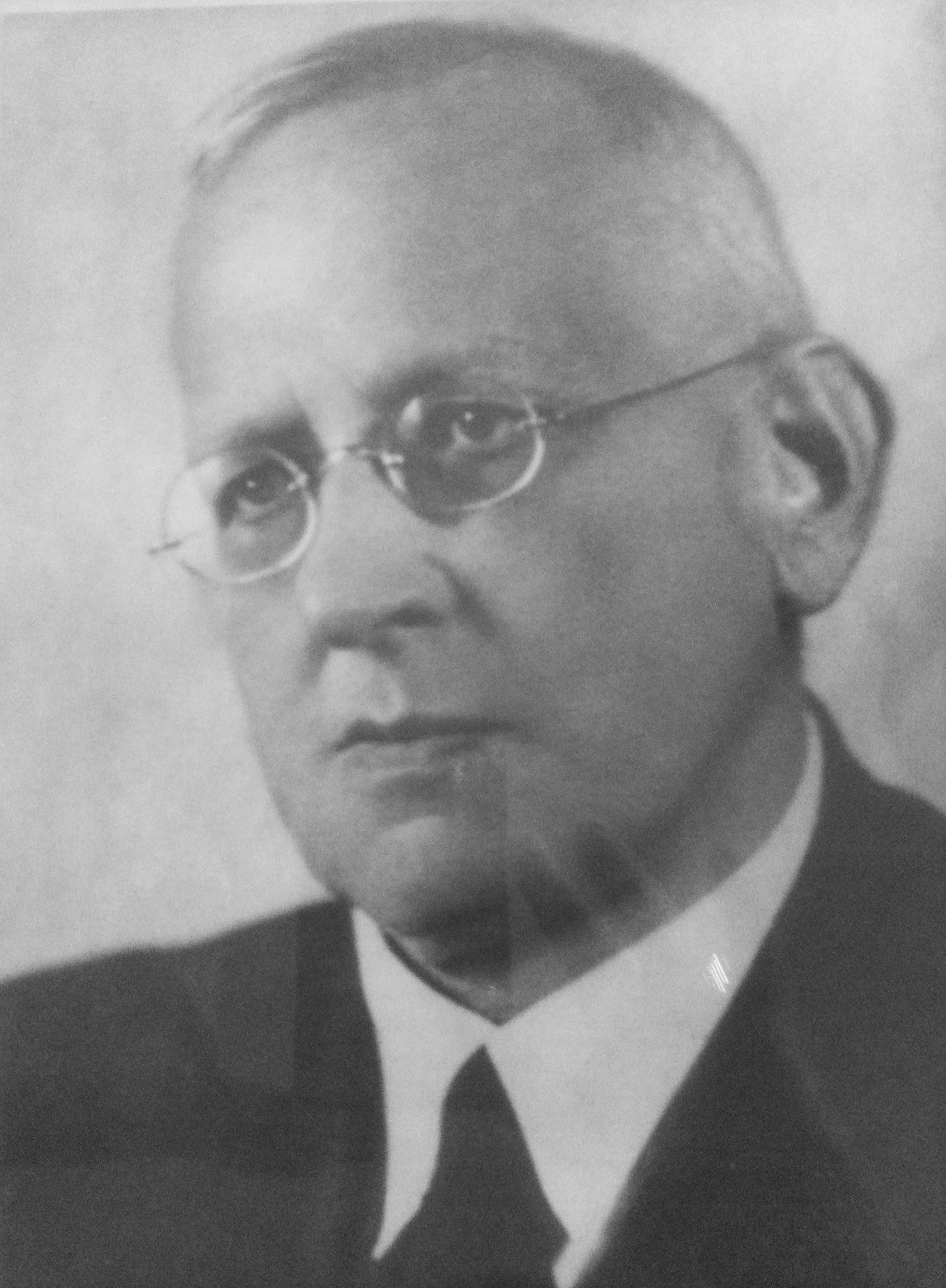Search for Names, Places and Biographies
Already layed Stumbling Stones
Suche
Waldemar Freundlich * 1879
Blankeneser Landstraße 90 (Altona, Blankenese)
HIER WOHNTE
WALDEMAR
FREUNDLICH
JG. 1879
FLUCHT 1938 HOLLAND
INTERNIERT WESTERBORK
DEPORTIERT 1942
AUSCHWITZ
ERMORDET 30.9.1942
Waldemar Freundlich, born on 6.8.1879 in Stolp/Pomerania, emigrated to the Netherlands on 22.12.1938, interned in camp Westerbork in June 1942, deported to Auschwitz on 16.7.1942, murdered there on 30.9.1942
Blankeneser Landstraße 90 (Hamburg-Altona, Blankenese)
Waldemar Freundlich lived with his wife Ilse (born 12.11.1889) and his two children Elfriede (born 1927) and Jürgen (born 1928) at Blankeneser Landstraße 90 since 1930.
He had previously lived in Java for a total of over 10 years and had found a special refractory clay with which bricks could be fired. There he published a developmental study in Dutch. In Hamburg, he ran a company for the import and export of tea, coffee, cocoa, spices and chemicals at Rödingsmarkt 19 (1933), later at Zippelhaus and Gröningerstraße 14 (1937). His stand at the Hamburg Stock Exchange was at pillar 8.
Except for a slump during the times of the world economic crisis, business went well. The family was very wealthy and moved in the better circles. They loved travelling and hiking. There was a boat on the Alster River that Waldemar Freundlich liked to sail on.
Waldemar Freundlich was a very educated man and had many interests, for example in history, art history and botany. Ilse Freundlich spoke French and learned English at Oxford. Both were great music lovers and loved Wagner operas.
The Freundlichs made a point of passing on their knowledge to their children, and so it happened that English and French were spoken at the table. With love and care Waldemar Freundlich selected the children's books, which he procured from everywhere, and the journey of these books to Blankenese became itself an exciting fairy tale, which he told to the children. The special atmosphere of the house was described by a friend of the daughter: "In the Freundlich house I experienced infinitely many good and beautiful things. Mr. Freundlich was a magical person and he got along so well with my parents."
The Freundlichs experienced the rise of National Socialism firsthand in their house on Blankeneser Landstraße, because just across the street was a pub "mit Ausspann" (i.e., horse and buggy could be stored there), which was a meeting place for the SA. The son of an SA man had once been bitten by Warburg's dog on the property of Eric M. Warburg at Kösterberg. The SA man had then received such generous compensation that he was able to take over the pub. Waldemar Freundlich knew how to bear this certainly not very homely neighborhood with humor. When one day the neighbor Mr. B. had drunk there too copiously again, Waldemar Freundlich spontaneously sang in modification of a well-known student song:
"In the inn to the non-Aryan dog bite
Mr. B. drank for three days
until he lay stiff as a broomstick
at the marble table."
Eric M. Warburg thought at the time that three things could land him in a concentration camp: The fact that he was Jewish, his housekeeper who rejected the Nazi regime, and his Newfoundland Teddy, who bit at everything that wore a uniform.
Soon Waldemar Freundlich had no more opportunity to laugh at the Nazis. In 1937 he had to give up his business and from then on had no income. At the end of 1938, possibly also on the advice and with the support of Minister of Economics Hjalmar Schacht, with whom he was friends, he decided to emigrate to Holland. A Dutch friend had invited him to translate his textbook on tropical soil science, which had been published in English, into Dutch with him. His intention to return to importing and exporting there proved difficult.
Ilse Freundlich and the children remained in Blankenese and also received support from neighbors and friends during that time. She gave private lessons to help her and her children get by, and it is quite possible that many a child was sent to her at that time who did not need any private lessons at all. Ilse Freundlich was warned by police officers from Sibbertstraße when they were to conduct a house search after her husband had left in order to seize any remaining assets.
One day in the 1940s, the letters that Waldemar Freundlich had sent home regularly up to that point broke off. Only after the end of the war did his family learn that he had been deported to Auschwitz.
The Memorial Book for the Jews deported and murdered from Holland gives his date of death as 30.9.1942, but with an asterisk indicating the uncertainty of the date.
Translation Beate Meyer
Stand: February 2023
© Sabine Boehlich, 2004; geringfügig redigiert durch Rolf Starck zusammen mit Waldemar Freundlichs Sohn Jürgen, 2021
Quellen: 2; StaH 332-8 Hausmeldekartei Blankenese 1927–1938 (1943); StaH 332-7 Meldewesen A34/2; In Memoriam, Den Haag 1995; Interview Friedel Rosenstock, geb. Freundlich, 25.11.2003; Interview Wiebke Nett-Küster, 12.012004; Interview Gode Strelow, 19.02.2004; siehe auch https://www. joodsmonument.nl/nl/page/573280/brief-biography-of-waldemar-freundlich (Zugriff 5.4.2022).
Zur Nummerierung häufig genutzter Quellen siehe Link "Recherche und Quellen".


